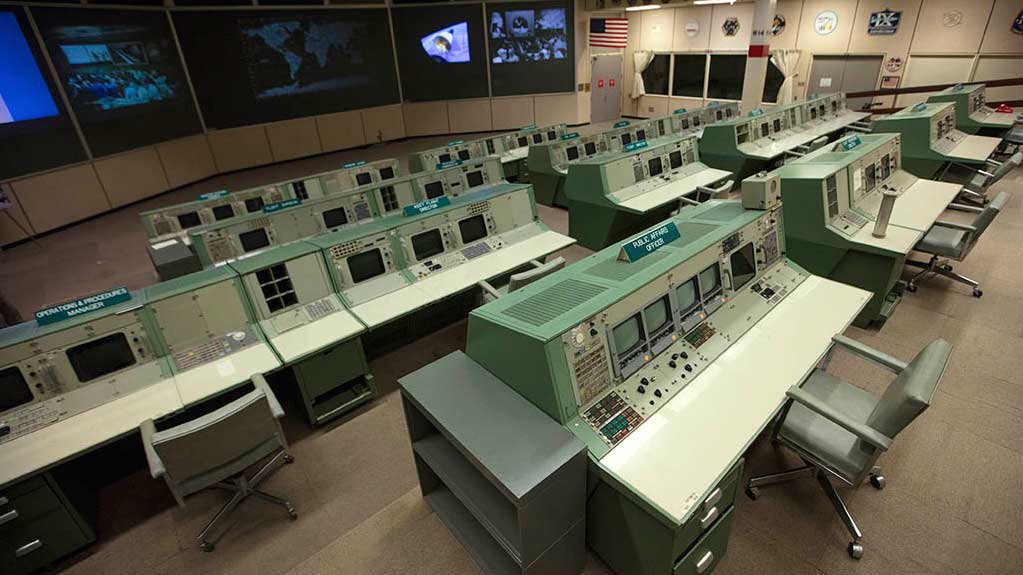

"I don't think people should take precautions. However, Jonathan McDowell, an astrophysicist at Harvard University's Astrophysics Center, told CNN that the case is "not the end of the world." While most space debris burns up in the atmosphere, the rocket's size (22 tons) has raised concerns that large sections of the rocket could reenter and cause harm if they reach populated areas. In the years 2021-22, the nation plans to launch ten more satellites and launch vehicles to complete the construction of its three-module space station. Eastern on May 7, with more precise forecasts to come in the coming days.Ĭhina has yet to comment on the Long March 5B's status. Russian analysts expect a reentry time of 9:00 p.m. The Russian space agency Roscosmos also shared its Automated Warning System on Hazardous Situations in Outer Space report on May 4 that the Long March 5B was scheduled for an unregulated reentry. Several Agencies Report Different Time and Date of ReentryĪccording to a May 4 report from the Aerospace Corporation, the Chinese large modular space station's reentry would be on May 9 at 12:37 a.m. The orbital inclination of the Long March 5B core stage is 41.5 degrees, which means the rocket body moves a little further north of New York, Madrid, and Beijing, and as far south as southern Chile and Wellington, New Zealand, and could reenter somewhere within this range.ĪLSO READ: Russia, China Eyes Placing Humans on Lunar Space Station Are They Really Up for Space Race? Because of atmospheric variability and other factors - as well as the stage's high velocity - precise forecasts of when and where the stage would reenter can't be made a few hours before the reentry. The core stage would be pulled into Earth by increasing collisions with molecules in the Earth's atmosphere if it is unable to restart its engines. The 30-meter-tall, 5-meter-diameter Long March 5B first stage, on the other hand, achieved orbital velocity instead of falling in a predetermined location downrange.Īccording to space monitoring by the US 18th Space Control Squadron, the empty rocket body is now in a 162 by 306-kilometer orbit, down from a 170 by 372-kilometer orbit.

We will provide additional information as it becomes available," the statement read.Ĭhina's Long March 5B successfully launched the 22.5-metric-ton Tianhe core module into space on April 28. The false alarm is currently under investigation."Until then, the 18th Space Control Squadron will be offering daily updates to the rocket body's location on May 4. On April 24, the Dragon capsule and its crew safely arrived at the space station, where they plan on spending six months. “Of course, we’re always happy to hear that there never was a threat, but we’re also glad the procedures were in place and the crew would have been ready if the threat had been real,” NASA spokesperson Kelly Humphries said. Usually, astronauts are given a fair amount of notice on the situation, providing time enough for evasion if necessary.Īccording to officials at Johnson Space Center in Houston, the Space Command’s 18th Space Control Squadron alerted NASA about 45 minutes before the potential collision.įifteen minutes later, SpaceX and NASA notified the astronauts, urging them to put their suits on right away and lower their helmet visors. The false alarm came without a fair warning and took the astronauts by surprise. “However, we quickly realized this was a reporting error and that there was never a collision threat because there was no object at risk of colliding with the capsule,” Dick said.Īmerica is changing faster than ever! Add Changing America to your Facebook or Twitter feed to stay on top of the news. Colonel Erin Dick, a spokeswoman for Space Command, said the object was going to pass close to the capsule as it travels to the International Space Station, SKY News reported. The collision with the unidentified object didn’t happen, but Lt. The astronauts safely reached the space station on April 24.įour astronauts aboard NASA’s Crew-2 experienced a false alarm, believing something was about to hit their rocket ship last Friday.The warning turned out to be a false alarm.Astronauts were told an object was about to hit their capsule.


 0 kommentar(er)
0 kommentar(er)
